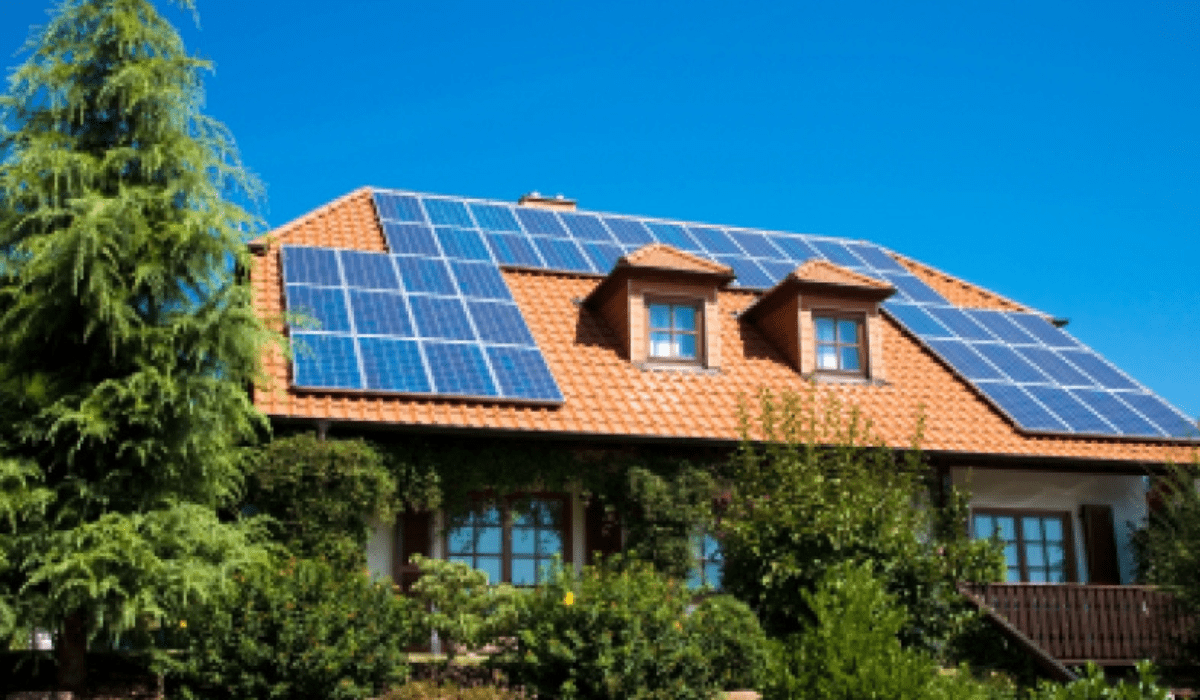If you’re considering an eco-friendly new build home in Tattenhoe Park, there are many options that will suit your tastes. Unfortunately, without prior knowledge of the latest technologies, it can be difficult to know which eco-friendly features you should look for.
To give yourself the best chance of success, use this short guide as a reference list to spot various installations throughout new homes when you view them.
Advanced energy efficiency and insulation
One of the top things you should look for is an airtight construction and proper insulation throughout your home. Insulation is key to preventing heat from escaping, which limits the amount you spend on heating, as well as your impact on the environment.
Additionally, you should look for double- or triple-glazed windows. Windows are prime areas for heat to escape the home, so these high-performance options are perfect for reducing heat loss and energy demand.
Ultimately, you also want to look at the property’s EPC (Energy Performance Certificate). This is an official document that lists the efficiency of the home, as well as areas for improvement.
Renewable and low-carbon technologies
It’s not just insulation that you need to watch for. You should also keep an eye out for any renewable or low-carbon technologies introduced into the new build home. For instance, many new build homes include solar panels and EV charging points in their construction.
If the property uses these renewable energy technologies, then you can drastically reduce the amount of energy you pay for. In fact, if you have a built-in wall battery, you can store power generated during the day and use it throughout the night.
Alongside air source heat pumps (a low-carbon central heating system), this massively reduces the footprint of your home, creating a much more economical space.
Water conservation and sustainable drainage
Water use is another area where you should look for conservation methods. For instance, the new build home might have dual-flush toilets or low-flow taps. A low-flow tap works by restricting the flow rate of water, which minimises your everyday water consumption and reduces the strain on water suppliers.
You could also ask if the property has a SuDS (Sustainable Drainage System), which is designed to mimic natural drainage and encourage passive treatment. These systems help to manage flood and pollution risks from urban run-off and contribute to environmental enhancement.
Building materials and biodiversity
One last point you should be aware of is the materials used in the construction of the home. While sustainable materials can be more expensive at the outset, they provide excellent thermal and sound insulation, which can save you money in the long run.
You might also like to know that sustainable materials are much healthier. Conventional materials can contain harmful substances, which are released into the air over time. In contrast, eco-friendly materials don’t have these same risks.

 News3 months ago
News3 months ago
 Health2 years ago
Health2 years ago
 Technology2 years ago
Technology2 years ago
 Celebrity2 years ago
Celebrity2 years ago

















